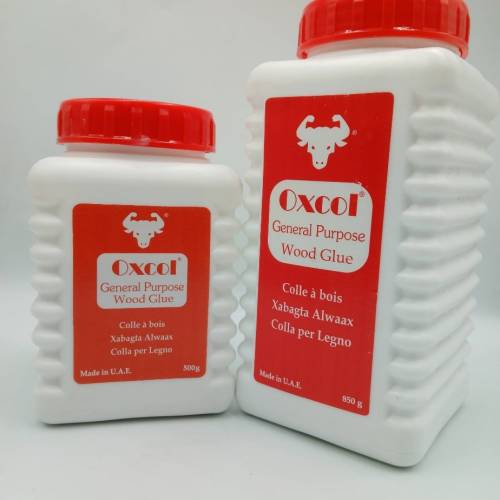When working with wood, the strength of your bond is just as important as the materials you use. Whether you're repairing a chair or building a cabinet from scratch, a high-quality adhesive can make all the difference in how durable and professional your final piece turns out.
In this guide, you’ll learn how to choose the right type of adhesive for different woodworking tasks, what to look for when buying, and how to apply it properly for long-lasting results.
Why the Right Adhesive Matters in Woodworking
Wood is a dynamic material—it expands, contracts, and reacts to it
s environment. That’s why using an adhesive specifically designed for it is key. A general-purpose glue might not hold up over time, especially if the project is exposed to weight, pressure, or weather.
This is where wood glue plays a central role. It's formulated to soak into the fibers of the wood and create a bond that’s often stronger than the wood itself. Choosing the right one means your furniture, decor, or DIY work will last for years.
Different Types of Wood Adhesives and Their Uses
Understanding the types of adhesives available can help you make an informed decision based on your project needs.
PVA-Based Glue
PVA (polyvinyl acetate) glue is the most commonly used adhesive in woodworking. It’s ideal for indoor furniture, shelving, and other interior projects. It dries clear, sets quickly, and is easy to clean up with water.
Polyurethane Glue
This type is known for its strong, waterproof bond. Polyurethane expands as it cures, making it suitable for rough or uneven joints. It’s perfect for outdoor furniture or items that might come into contact with moisture.
Epoxy Adhesive
Epoxy glue consists of two parts: resin and hardener. When mixed, they create a tough, durable bond that can handle heavy loads. It’s often used for structural work or for bonding different materials like metal and wood.
Hide Glue
This traditional adhesive is made from animal collagen and is favored by antique furniture restorers and musical instrument makers. It’s reversible with heat and moisture, making repairs easier down the line.

How to Select the Right Glue for Your Project
Choosing the right wood glue depends on several factors. Here’s what to keep in mind before making a purchase:
- Environment: Will the item be used indoors or outdoors? For outdoor use, go with a waterproof option like polyurethane.
- Drying time: If you’re working on a complex piece that needs adjustments, pick an adhesive with a slower setting time.
- Wood type: Dense hardwoods may require stronger adhesives like epoxy, while softwoods generally work well with PVA.
- Appearance: Some glues dry clear, while others leave a visible line. Choose based on whether the joint will be visible or hidden.
Best Practices for Applying Wood Glue
Even the best adhesive won’t work properly if it’s not applied the right way. Here are a few expert tips:
Prepare the Surface
Make sure both surfaces are clean, dry, and free from dust or oil. Sanding the wood lightly can also help create a better bond.
Apply Evenly
Use a brush or a small spreader to apply a thin, even layer of glue. Cover the full area of the joint without overdoing it—excess glue can weaken the bond and make cleanup messy.
Clamp Securely
Once joined, clamp the pieces tightly together and leave them undisturbed for the recommended drying time. This pressure helps the glue penetrate the fibers and form a solid connection.
Clean the Excess
Before the adhesive fully dries, wipe away any excess that seeps out using a damp cloth. This keeps your finished piece looking clean and polished.
Final Thoughts
Whether you're tackling a weekend DIY project or building something more complex, using the right wood glue can elevate the quality and durability of your work. Take time to understand the different types, assess your needs, and follow best practices during application.
With the right choice and proper technique, your woodworking projects will be sturdy, clean, and built to last. After all, it's not just about putting pieces together—it's about making something that holds up beautifully over time.



Add Comment